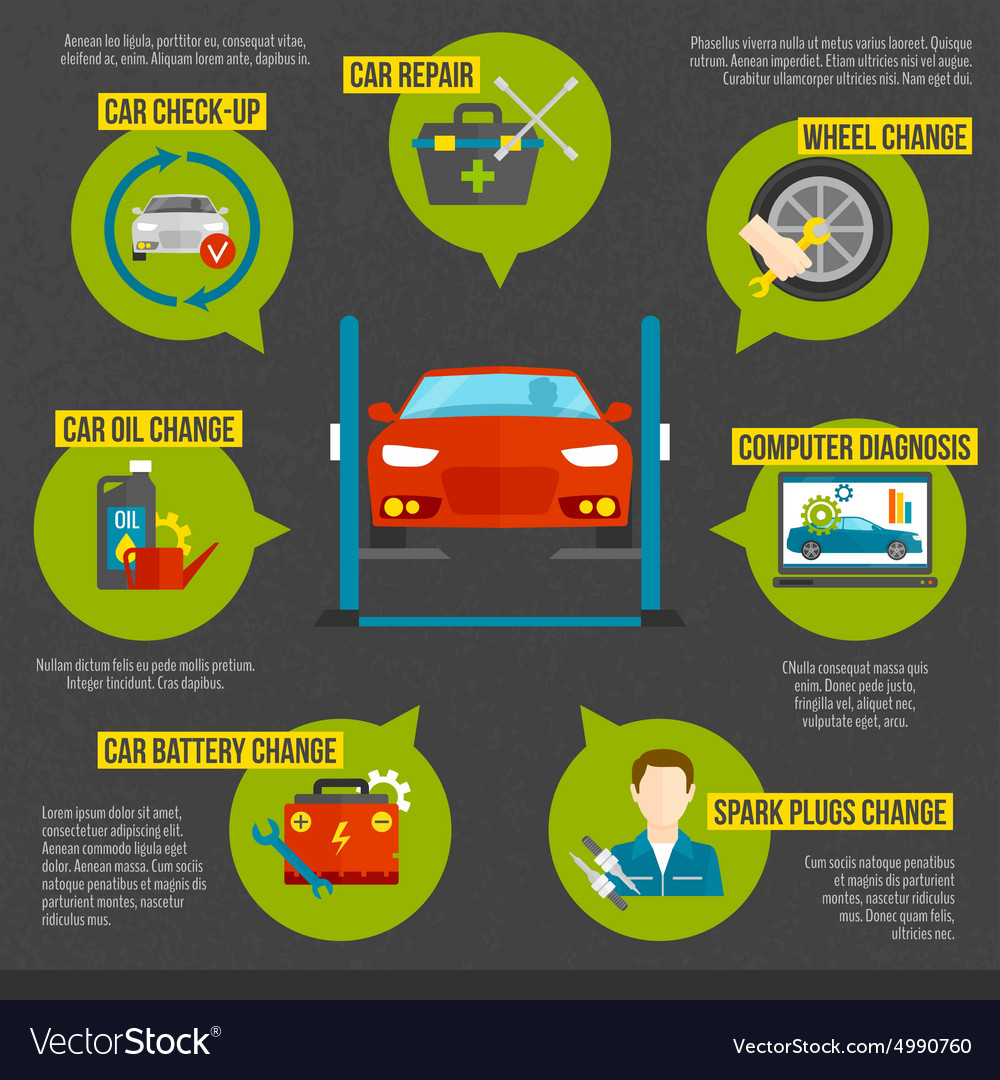Understanding The Definition Behind Your Car'S Caution Lights: A Thorough Look
Understanding The Definition Behind Your Car'S Caution Lights: A Thorough Look
Blog Article
Write-Up Author-Faulkner Winters
When you lag the wheel, those beautiful caution lights on your dashboard can be a little bit perplexing. Do https://chassis-parts-car95173.atualblog.com/37355035/ready-yourself-to-delve-into-the-world-of-auto-fixing-where-shocking-understandings-wait-for-that-will-certainly-reshape-your-perspective-you-ll-be-stunned-by-what-has-actually-left-your-notification recognize what they're trying to inform you concerning your auto's wellness? Recognizing the significance of these lights is crucial for your safety and security and the long life of your lorry. So, the following time among those lights turns up, would not you want to decode its message properly and take the necessary steps to resolve it?
Common Warning Lighting and Interpretations
Recognize common caution lights in your auto and comprehend their significances to make sure safe driving.
The most normal caution lights include the check engine light, which signifies concerns with the engine or exhausts system. If this light comes on, it's essential to have your car checked quickly.
The oil pressure advising light indicates low oil stress, calling for instant focus to prevent engine damages.
A flashing battery light may suggest a damaged charging system, possibly leaving you stranded if not attended to.
The tire stress tracking system (TPMS) light informs you to reduced tire pressure, affecting car security and gas efficiency. Disregarding this could result in harmful driving conditions.
specialist detailing indicates a problem with the anti-lock stopping system, compromising your capacity to quit rapidly in emergency situations.
Finally, the coolant temperature level cautioning light warns of engine overheating, which can lead to severe damages if not resolved promptly.
Understanding these usual warning lights will certainly assist you attend to issues quickly and maintain risk-free driving problems.
Significance of Prompt Interest
Recognizing the typical warning lights in your auto is only the initial step; the relevance of immediately attending to these warnings can not be highlighted sufficient to ensure your safety and security on the road.
When a warning light illuminates on your control panel, it's your auto's means of communicating a prospective problem that needs focus. Neglecting these warnings can cause much more severe troubles later on, endangering your security and possibly costing you extra out of commission.
Trigger interest to cautioning lights can protect against malfunctions and accidents. For instance, a flashing check engine light can show a misfire that, if left unattended, can create damages to the catalytic converter. Resolving https://brakerepair84061.blogthisbiz.com/37645412/reluctant-about-picking-a-car-service-center-discover-specialist-pointers-for-discovering-reliable-choices-in-your-location-that-will-certainly-put-your-mind-secure can save you from a costly repair service.
In a similar way, a brake system warning light could indicate low brake liquid or used brake pads, important parts for your security when driving.
Do It Yourself Troubleshooting Tips
If you observe a caution light on your dashboard, there are a few do it yourself repairing ideas you can try before seeking specialist assistance.
The very first step is to consult your vehicle's handbook to understand what the particular warning light shows. Occasionally the concern can be as basic as a loose gas cap activating the check engine light. Tightening the gas cap may fix the issue.
An additional common concern is a reduced battery, which can cause various cautioning lights. Inspecting the battery links for deterioration and ensuring they're safe could repair the trouble.
If a caution light continues, you can attempt resetting it by separating the car's battery for a couple of mins and then reconnecting it. In addition, checking your car's liquid levels, such as oil, coolant, and brake fluid, can aid troubleshoot alerting lights related to these systems.
Final thought
To conclude, comprehending your cars and truck's warning lights is essential for keeping your vehicle running efficiently and safely. By immediately dealing with these informs and understanding what they imply, you can prevent expensive repair work and prospective break downs.
Bear in mind to consult your vehicle's handbook for specific information on each warning light and do something about it as necessary to guarantee a trouble-free driving experience.
Keep notified, stay secure when driving!
